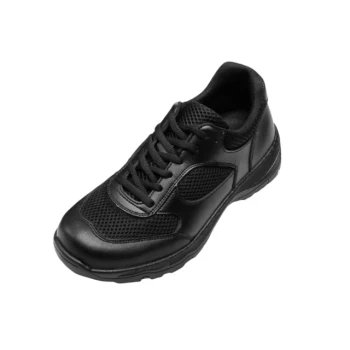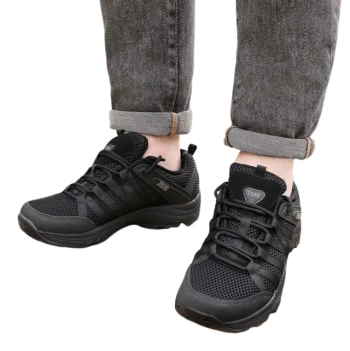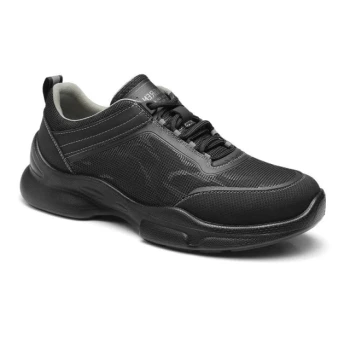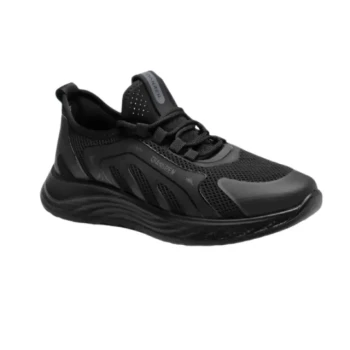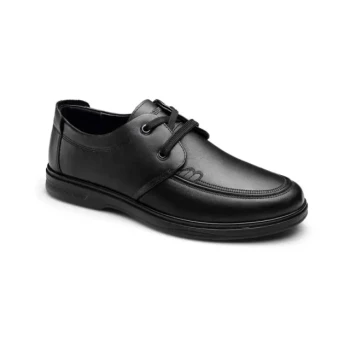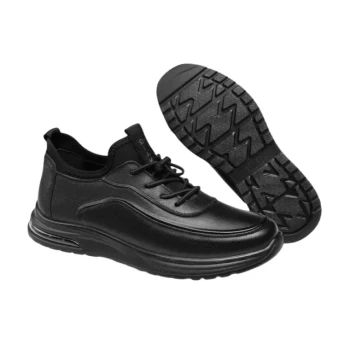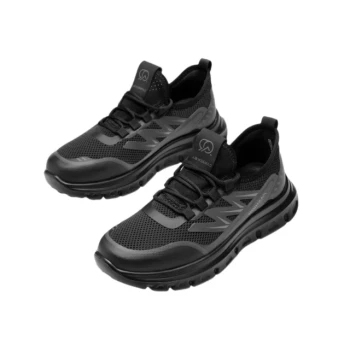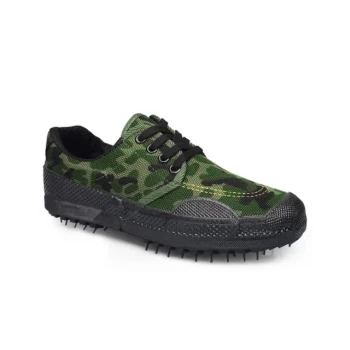In short, your pedal material is a primary factor in how cold your feet get. Metal pedals act as significant heat sinks, conducting warmth away from your feet up to 1000 times faster than plastic or composite pedals. This direct thermal drain is one of the biggest challenges to overcome for comfortable winter cycling.
The choice of pedal material is critical because it governs the rate of conductive heat loss from your feet. However, keeping your feet warm requires a systems approach: you must not only insulate from the pedal but also manage moisture, ensure proper circulation, and maintain core body warmth.
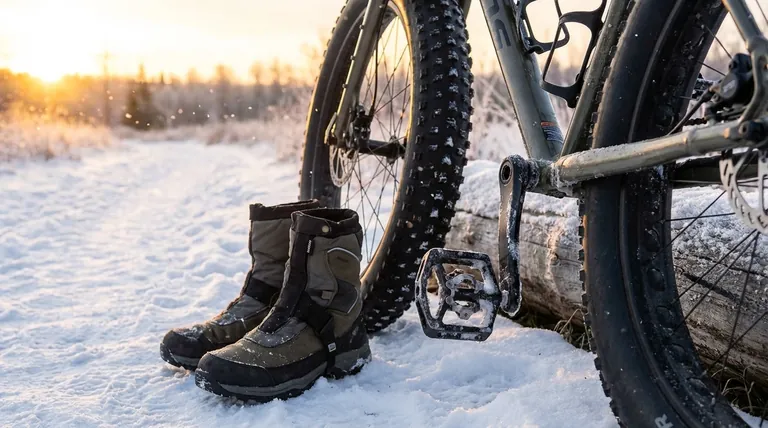
The Physics of Cold Feet on a Bike
To solve the problem of cold feet, you first have to understand why it happens. Cycling in the cold creates a perfect storm of factors that conspire to sap warmth from your extremities.
The Critical Role of Conduction
Conduction is the transfer of heat through direct contact. Your foot, via your shoe, is in direct contact with the pedal.
Metal is an excellent thermal conductor, which is why it feels cold to the touch. It rapidly pulls heat energy out of your warmer foot.
Plastic and composite materials are poor thermal conductors, meaning they act as insulators. This significantly slows the rate at which the pedal can draw heat from your shoe.
Reduced Circulation and Heat Generation
Unlike running or walking, cycling involves very little flexing of the muscles within your feet.
This reduced muscle activation means your feet are generating far less internal heat than they would during other winter activities, making them more susceptible to external cold.
The Impact of Footwear Stiffness
Many cycling shoes are designed with very stiff soles to maximize power transfer to the pedals.
This stiffness further restricts the natural movement and flexing of your foot muscles, reducing their ability to generate warmth and maintain circulation. More flexible soles can allow for more movement, which helps keep feet warmer.
The Double Threat of Moisture
Moisture is a primary enemy of warmth. It attacks from both the inside and the outside.
Internally, foot sweat can soak your socks. Water conducts heat away from your body about 25 times faster than air.
Externally, snow melting into your boots requires a large amount of thermal energy (a phase change) which it pulls directly from your feet, chilling them rapidly.
A Systematic Approach to Warm Feet
Tackling cold feet requires more than just changing one component. You must address every point of heat loss methodically.
Insulating from the Pedal Up
Your first line of defense is to break the conductive link to the pedal.
Choosing plastic or composite flat pedals is the most effective single change you can make.
If you must use metal pedals (common for clipless systems), add a thermal barrier. Use insulated insoles, often made of wool or closed-cell foam, inside your shoes to slow heat loss.
Choosing the Right Footwear
Your shoes or boots are your primary shield. They need to do more than just insulate.
Ensure your footwear has a good closure system at the top to prevent snow from entering. If not, use gaiters or wear your pants over your boots.
Consider a boot with a slightly more flexible sole for casual or fat bike riding, as this will encourage more foot movement and heat generation.
Maintaining Core and Leg Warmth
Your body is smart. If it senses that your core temperature is dropping, it will reduce blood flow to your extremities—your hands and feet—to protect your vital organs.
Keeping your legs and hips warm is crucial for maintaining warm blood flow to your feet. As blood circulates down your legs and back up, cold legs will cool the blood, signaling your body to restrict circulation.
For temperatures down to -5°C (23°F), tights or long johns are sufficient. Below that, you need layered fleece or soft-shell pants, often with wind protection.
Understanding the Trade-offs
Choosing the right gear for winter cycling always involves balancing competing priorities like performance, warmth, and comfort.
Pedal Choice: Performance vs. Thermal Comfort
Metal clipless pedals offer superior power transfer and a secure connection to the bike, which is critical for performance-focused riders. This comes at the significant cost of thermal efficiency.
Composite or plastic flat pedals provide a much warmer platform, making them ideal for commuting, fat biking, and general winter riding where absolute efficiency is less critical.
Footwear: Power Transfer vs. Warmth
Stiff-soled cycling shoes are designed for one thing: transferring every watt of power to the pedal. This rigidity prevents the foot from flexing, which reduces heat-generating muscle movement.
Winter boots or more flexible shoes are much warmer because they allow for more articulation. The trade-off is a less efficient and "connected" feel to the pedal.
Making the Right Choice for Your Goal
Your ideal setup depends entirely on your winter cycling objectives.
- If your primary focus is maximum warmth for commuting or casual rides: Choose large composite flat pedals paired with insulated, flexible winter boots and focus on keeping your legs well-insulated.
- If your primary focus is performance riding in the cold: Stick with your metal clipless pedals, but aggressively mitigate heat loss with high-quality thermal shoe covers, wool or foam insoles, and potentially a physical barrier over your cleat plate.
Ultimately, keeping your feet warm is an achievable goal when you treat it as a complete thermal system.
Summary Table:
| Factor | Impact on Foot Warmth | Key Insight |
|---|---|---|
| Pedal Material | Primary Factor | Metal conducts heat away rapidly; plastic/composite acts as an insulator. |
| Footwear Sole Stiffness | Significant | Stiff soles reduce heat-generating foot movement; flexible soles help. |
| Moisture Management | Critical | Sweat and external moisture drastically increase heat loss. |
| Core & Leg Warmth | Essential | Cold legs cool blood, signaling the body to reduce circulation to feet. |
Ready to Gear Up for Winter Riding?
As a large-scale manufacturer, 3515 produces a comprehensive range of footwear for distributors, brand owners, and bulk clients. Whether you need to source high-performance insulated cycling boots for serious riders or durable, warm composite pedals for casual commuters, our production capabilities encompass all types of shoes and boots to meet your market's demands.
Let's discuss how we can help you build a warmer, more successful winter cycling product line.
Contact our team today to request a quote and discover the 3515 advantage.
Visual Guide
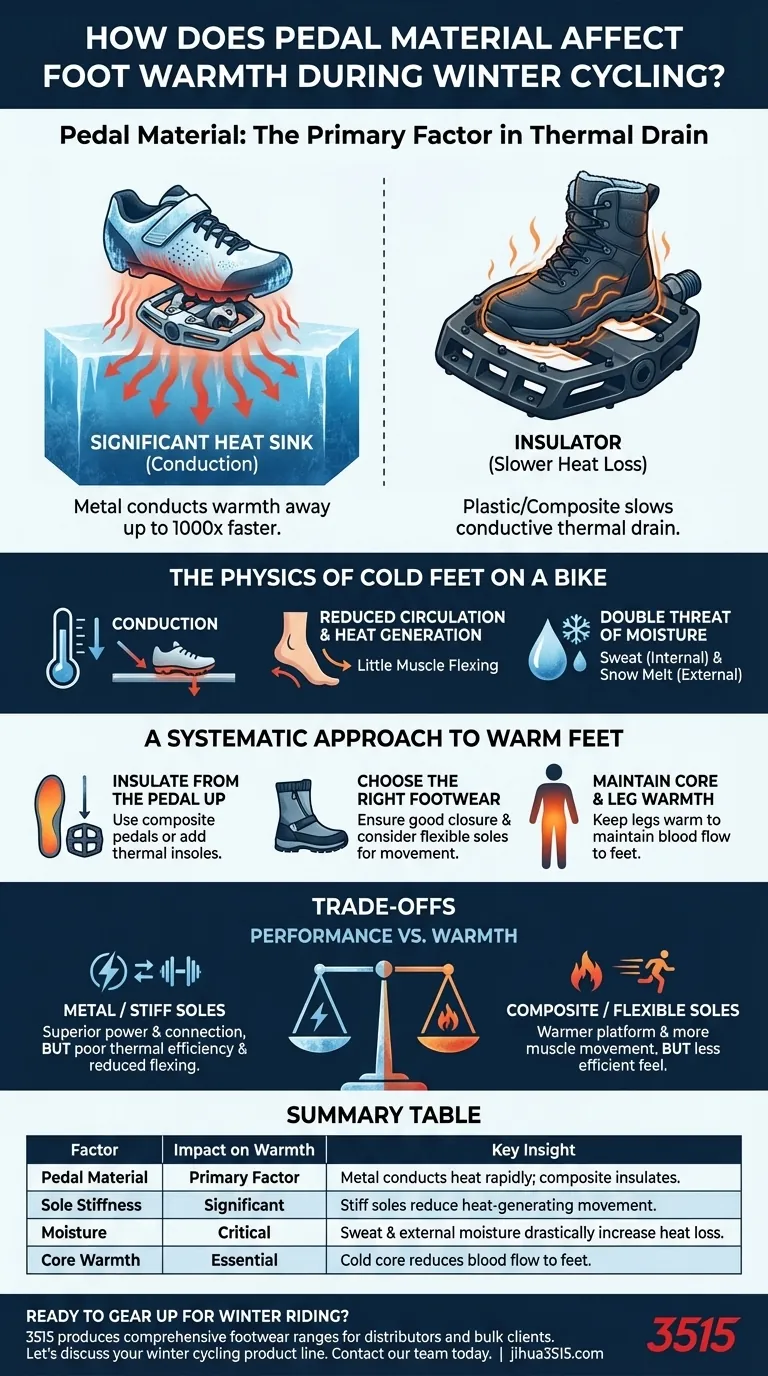
Related Products
- Wholesale Durable & Breathable Training Shoes for Custom Brands
- Wholesale Training Shoes with Dial Lacing System Custom OEM Manufacturing
- Lightweight Breathable Training Shoes for Wholesale & Custom OEM Manufacturing
- Wholesale Breathable Training Shoes Custom Athletic Footwear Manufacturer
- Wholesale Breathable & Cushioned Training Shoes Custom Factory Production
People Also Ask
- What was discovered about three-quarter cut aerobic shoes in the 90s? The Dangerous Illusion of Ankle Support
- What factors should be considered when choosing footwear for different activities? Maximize Performance & Safety
- How have sneaker brands incorporated camouflage patterns? From Military to Streetwear Style
- What is a Flyknit shoe? The Ultimate Guide to Seamless, Lightweight Performance
- Does exercising with a friend or partner enhance safety? Unlock the 'Buddy System' Benefits
